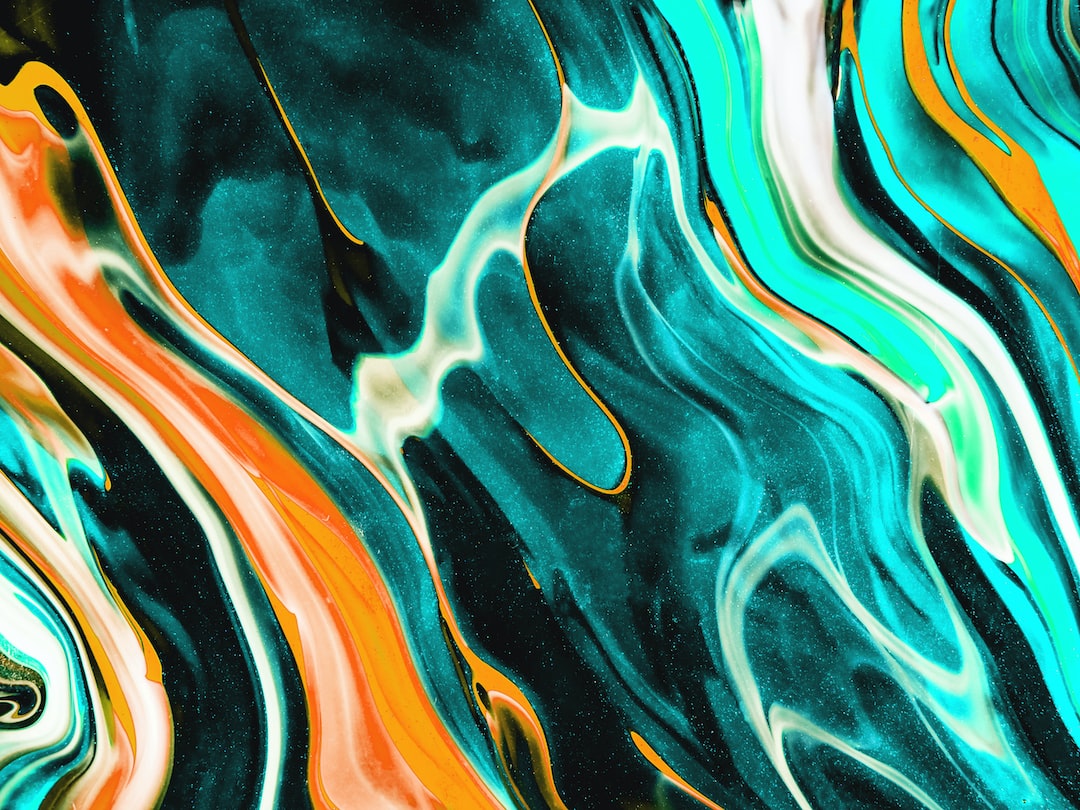Lighting up the Night with Neon Art: A Contemporary Twist on Illumination
Throughout the ages, humans have been mesmerized by light. From the flickering flames of ancient torches to the glowing streetlights of modern cities, illumination has always held a certain allure. In the world of art, one form of illumination has stood out for its vibrant colors and striking designs – neon art.
Neon art, also known as neon sculpture or neon lighting, emerged in the early 20th century and quickly gained popularity as a unique and eye-catching medium. It involves creating sculptures or signs using electrified glass tubes filled with neon or other gases. These gases, when excited by an electric current, emit a bright, colorful glow.
While neon lighting initially found its place in commercial signage, its artistic potential was soon recognized by avant-garde artists. Today, neon art is an established form of contemporary art, pushing the boundaries of creativity and challenging traditional notions of what constitutes “art.”
One of the most remarkable aspects of neon art is its ability to transform space. A neon sculpture can turn a plain wall into a vibrant, dynamic centerpiece. The contrast between the dark surroundings and the brightly illuminated design creates a mesmerizing visual impact that captivates viewers.
The unique properties of neon lighting – its intense colors and ability to transmit light over long distances – make it an ideal medium for creating captivating visual experiences. Some contemporary artists take advantage of these properties to create large-scale installations that interact with the environment and immerse viewers in a world of light.
A prime example of this immersive approach is the works of artist Bruce Nauman. Nauman’s neon sculptures often feature words or phrases that challenge conventional language and provoke introspection. By combining text and light, Nauman creates a thought-provoking dialogue between the medium and the message, inviting viewers to reflect upon the meaning behind the glowing words.
Another artist who pushes the boundaries of neon art is Tracey Emin. Emin’s works often feature handwritten text in neon, revealing intimate thoughts and emotions. Her neon artworks act as confessions, shining a spotlight on deeply personal experiences. With Emin’s work, neon becomes a tool for expressing vulnerability and connecting with audiences on an emotional level.
Beyond its emotive power, neon art also has a strong association with popular culture and urban landscapes. In cities, neon signs have long been used to attract attention and create a sense of vibrancy. Artists like Chris Bracey took this association and infused it into their work, blurring the lines between art and advertising. Bracey’s neon sculptures often reference iconic logos or symbols, offering a playful critique of consumer culture while embracing its visual language.
In recent years, neon art has experienced a resurgence in popularity, both in the art world and in interior design. Its bright, bold colors and retro aesthetic have found a place in contemporary homes and commercial spaces. From neon signs with motivational quotes to custom-made sculptures, neon lighting has become a trendy way to breathe life into any interior.
The allure of neon art lies not only in its radiance but also in its ability to defy boundaries. It challenges traditional notions of what art should be and creates a dialogue between the artist, the medium, and the viewer. Its unique properties make it a captivating way to transform spaces and ignite conversation.
Whether it is a thought-provoking sculpture, an intimate confession, or a playful homage to popular culture, neon art continues to light up the night and capture the imagination of audiences worldwide. So next time you find yourself walking down a neon-lit street or admiring a glowing neon sign, take a moment to appreciate the contemporary twist on illumination and the artistic creativity that shines through.

